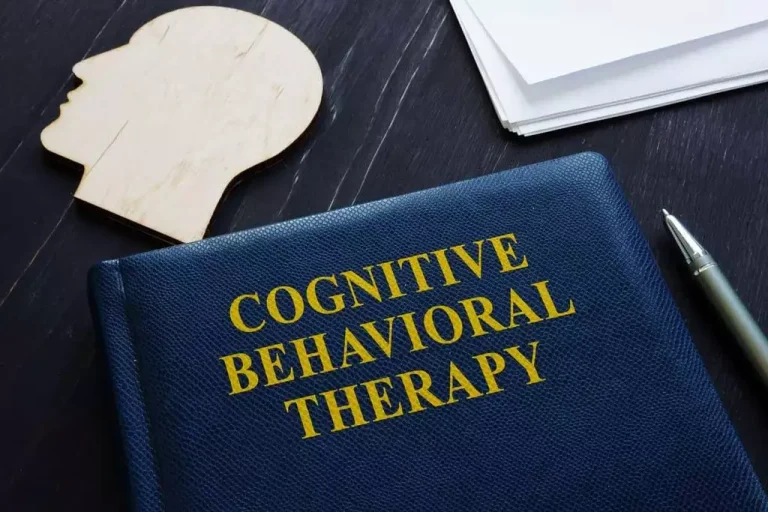
After heavy alcohol consumption, the urine will likely test positive for alcohol for 72 hours or more, depending on how much was consumed. There are a few factors that affect alcohol detection in urine, including chronic use of alcohol and the type of test used. Any information published on this website or by this brand is not intended as a substitute for medical advice, and you should not take any action before consulting with a healthcare professional. By being aware of this potential change, however, you can reframe it as a positive, Dr. Wakeman says. Now, post–Dry January, you might get the same effect from, say, one or two drinks in a sitting, which would be a win for both your health and your wallet. Embark on a journey of self-discovery and learn how to overcome addiction with professional strategies and support.
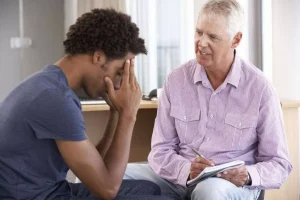
Stages of Alcohol Detox: A Timeline of What Happens to Your Body
The presence of dopamine also triggers the brain’s reward center. When our brains feel a hit of dopamine, they have the urge to repeat the same action that caused the surge https://ecosoberhouse.com/ of dopamine in the first place. This is because dopamine makes us feel euphoric, blissful, motivated, and concentrated. It can also be beneficial to reach out for support from friends and family.
Damage During the Breakdown Process
- Additionally, 3 million American teenagers between the ages of 14 and 17 are addicted to alcohol.
- It is important to understand how long cravings last and what can be done to manage them.
- The effects of high-quality sleep will continue to build each day.
- Sometimes what feels like a craving for alcohol is actually your body’s way of signaling hunger or dehydration.
- Below, we’ll explore why cravings happen and offer a few tips to manage them, from in-the-moment techniques to long-term coping strategies.
- When a craving for alcohol strikes, a good first step involves acknowledging the craving, according to Mehta.
Stopping alcohol will reduce the number of empty calories that you consume. Not only will you reduce your overall calorie intake, but you will also likely replace some of these calories from healthier sources. This will lead to improved nutrition, which can profoundly impact your overall health, especially over time. After two weeks without alcohol, the benefits will start to compound. You will probably be well out of withdrawal and mostly recovered from the ordeal.
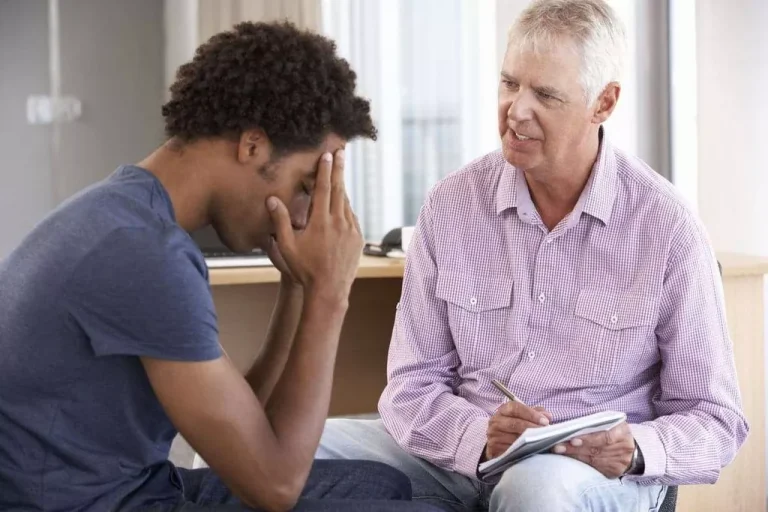
Week Two Benefits
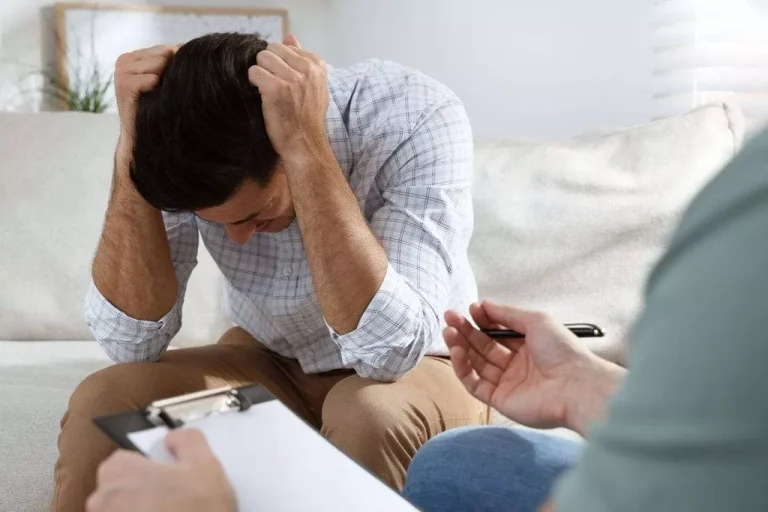
With the right support, and by incorporating these ten strategies, you can effectively reduce or quit drinking. Each step you take brings you closer to a healthier, more fulfilling life, free from the confines of alcohol dependency. Assessing your relationship with alcohol begins with a thorough examination of your drinking habits. Ask yourself how alcohol influences your social interactions, mental well-being, and physical health. Keeping a drinking diary can be instrumental in tracking your consumption patterns, triggers, and emotions related to drinking.
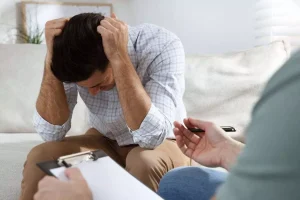
Feel like you should be drinking less? Start here
- The most dangerous symptoms that can develop will do so as symptoms peak.
- In the moment, the desire for a drink can feel larger than anything else, including your intention to not pick up.
- Dr. Bowen’s MP3 files (link above) offer an excellent “urge surfing” meditation.
- It is important to remember that the process of overcoming alcohol addiction is not a quick or easy one and it takes time and dedication to be successful.
Physiologically, alcohol consumption can lead to changes in the brain, particularly in the reward and pleasure centers. The brain adapts to the presence of alcohol, which can result in alcohol cravings and withdrawal symptoms when an individual attempts to quit or cut back. The experience of these cravings can be intense, and managing them is a critical aspect of addiction recovery.
This level of withdrawal usually only happens in severe cases of alcoholism.Also known as “the shakes,” delirium tremens usually manifests about 48 to 96 hours after the last drink. For some people, DTs will only last about 24 hours; for others, it will last up to five days.Delirium tremens is basically the nervous system trying to adjust to no alcohol in the body. DTs can be life threatening because its most severe symptoms are body tremors and seizures.
Abstinence is a commitment to stop drinking alcohol and there are many benefits to abstaining. Abstinence can help individuals reduce the physical and psychological effects of alcohol and can improve overall health and wellbeing. Individuals who have a amphetamine addiction treatment strong support system and access to evidence-based treatment can experience a faster recovery time. Additionally, individuals who are able to identify and address the underlying causes of their cravings and develop effective coping strategies can also experience a quicker recovery time.
Stage two: 12-24 hours after alcohol withdrawal
However, sometimes, quitting alcohol can lead to protracted symptoms called post-acute withdrawal syndrome or PAWS, which can last for several months or even years. It’s normal for individuals in recovery from alcohol addiction to experience cravings, especially in the early stages of sobriety as the body adjusts without alcohol in the system. Alcohol cravings can be triggered by various factors, such as stress, social situations, environmental cues, or emotional triggers.
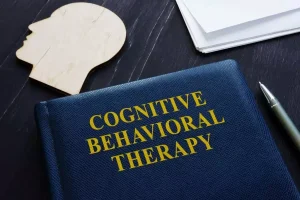
Family Role in Addiction Recovery
In particular, she’s committed to helping decrease stigma around mental health issues. She lives in Washington with her son and a lovably recalcitrant cat. Taking time to explore the specific people, places, and situations that cue your urge to drink can make a big difference. External triggers refer how to get rid of alcohol cravings to the environmental cues you link to alcohol, including places, times, people, and situations. Most people who experience cravings notice a mix of internal and external triggers. Mental symptoms such as anxiety, depression, and irritability may also occur when quitting drinking.
More Stories
How to Flush Alcohol Out of Your System: A Comprehensive Guide
How Long Does It Take to Break an Addiction?